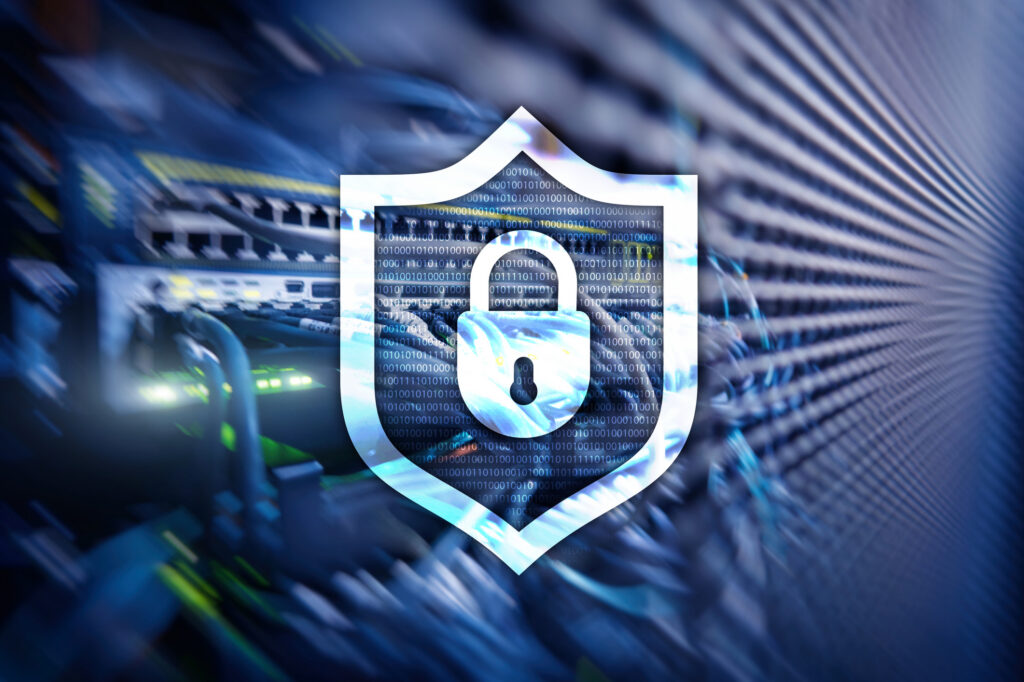Intelligent automation closes the gap between inefficient network security processes and the fast-changing IT environment
IT is facing profound change, which is being accelerated with the introduction of cloud computing platforms and “software-defined” technologies. The core aim of this modernization is to streamline operations and offer more qualitative IT as a service. But to make this a reality it needs cybersecurity to be more and more intelligent. What’s required is an automated intelligence that simplifies business and allows enterprises to analyze and be aware of the challenges and the opportunities driven by these changes.
According to a research led by Jon Oltsik, Senior Principal Analyst of Enterprise Security Group, presented during the webinar “Surfing or Drowning? Can your network security keep up with the new wave of IT?”, transformational IT projects must be aligned with network security processes, technologies and controls. Particularly as technology advances, we are seeing network security gap that consists of the lack of visibility into network security and compliance, along with too many overlapping controls.
According to Oltsik’s analysis, orchestration is the key to close this gap, as it seems to define a trade-off between security and business agility that intelligent automation eliminates. To automate the changes in the network and to speed them up, the security orchestration model works in three phases:
- Phase one is about improving visibility and operations, through an accurate picture of the network, the identification of the configuration errors and a tight alignment between security and compliance.
- Phase two is focused on improving controls and processes, from central policy management to optimization of the enterprise standards and the defining of network segmentation policies.
- Phase three regards the enablement of the business, which implies automation, integration with cloud orchestration and resources, and collaboration to a DevOps culture with embedded security.
All of which simplifies the complexity and guarantees efficiency into day-to-day operations.
In line with the research, the most important IT spending increases for 2014 will be focused on cloud computing, security services and virtualization/private cloud infrastructure software. So now, more than ever before, enterprises needs security orchestration to reduce time and cost spent implementing network changes.
*Find out how the Tufin Security Policy Orchestration Suite ensures streamlines up to 80 per cent
Ready to Learn More
Get a Demo





